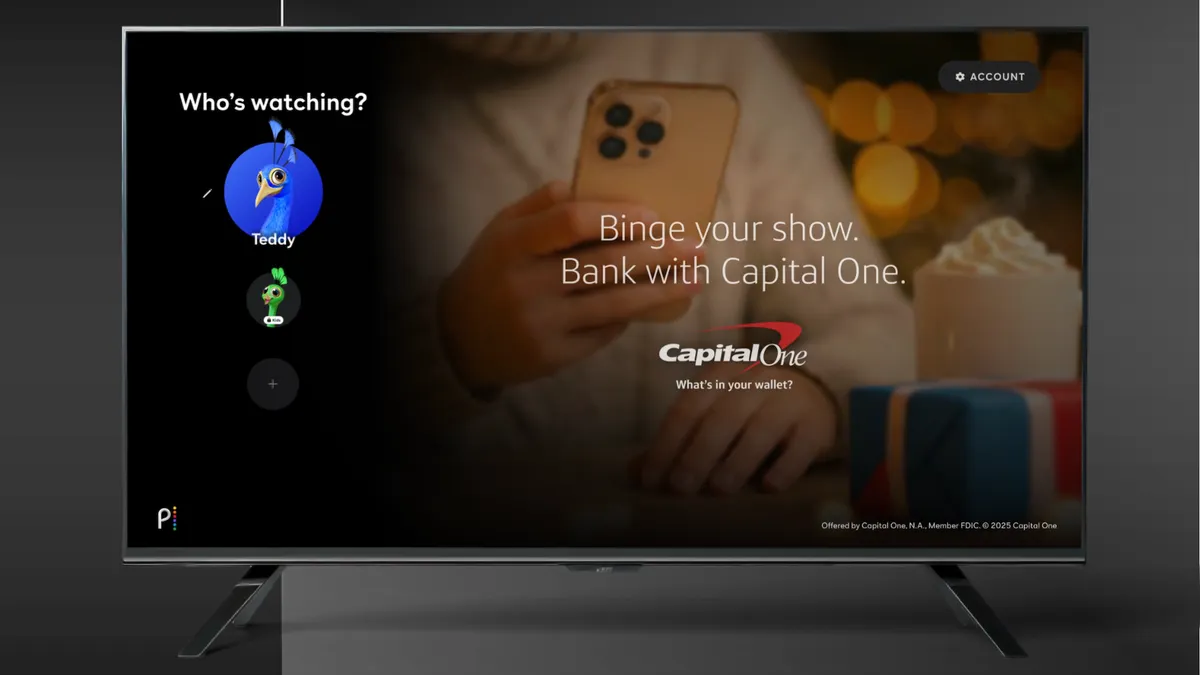The following is a guest post from Gino Palozzi, senior vice president for marketing at data and insights firm Dun & Bradstreet. Opinions are the authors' own.
If nothing else, 2020 has been a year of constant change, reflection and pivoting. The digital advertising industry has found itself grappling with privacy regulations, pending elimination of third-party cookies and a massive shift to remote work, which is impacting digital tracing.
The changing environment has left advertisers seeking the next holy grail of targeting. This opens a door for publishers, who have a unique opportunity to reposition themselves and monetize their digital audience. Publishers who were disintermediated by digital transformation of their industry can take back control and become the preferred and primary provider for targeted advertising, but they need to start preparing now for the impending disruption.
Build up first-party data
One of the first things publishers should explore is building up their first-party data. Having a robust bank of first-party data offers several advantages to publishers. First, it allows them to own the direct relationship with their readers, an advantage they don't have when using a programmatic advertising platform such as a demand side platform (DSP). It also provides publishers with an "opted-in" audience, ripe for targeting. This is important in a world where privacy regulations are continually evolving and requiring more consent.
Publishers will also own the first-party data attributes, which can be a unique selling proposition in the marketplace. Finally, owning the data will enable publishers to either personalize content or make content recommendations based on that data.
Advertisers should look to build their first-party data as well. Especially if third-party cookies and mobile identifiers go away, direct matching with advertisers will become more important. If the advertiser is able to build their first-party audiences and customer data platform, they are in a better position to match data with publications that have also built a large registration database.
Partner for third-party data
While owning the data is important, most publishers will still need to enrich their data with a third-party provider to satisfy all advertiser targeting requests, especially in the B2B space. The third-party data will allow matching of other targeting attributes such as demographic information, location data, intent data and account data (in the case of a B2B business). The combination of first- and third-party data will give publishers a leg up on those who only have outsourced data.
In the B2B space, it will be especially important to have the third-party data to match on account information including the company a person works for, their role in the organization and whether they are a "decision maker." That is not information that can always be gleaned from first-party data alone.
Organize data for activation
Simply having the data isn't going to help advertisers or publishers if it's unusable and unorganized. It will be especially important for advertisers to start better organizing their data in order to gain a clean, unified view of prospects, which enables more efficient targeting. This includes steps like sharing data across systems and departments, having a structured naming system for accounts and ensuring that data is constantly refreshed throughout the business so that real-time targeting decisions can be made.
In a B2B setting, it's imperative to have a unique identifier that ties the individual to the account for which they work so that targeting can be done against the account. Having this master data foundation in place cuts down on inefficient advertising by not targeting the same account multiple times. For example, with a structured naming system in place, we know that Jim from IBM, Jim from International Business Machines and Jim from I.B.M. are all the same Jim. We don't need to waste ad dollars showing him the same ad three times. In addition, connected customer data offers valuable information on cross-selling opportunities that might be revealed from connecting to other in-house systems.
In the new cookie-less landscape, there will be no single solution for data management, but customer data platforms will become more prevalent to help unify and share customer information and activate outreach across channels, while also meeting increasing privacy requirements.
All impacts will not be equal
Large publishers will likely have the advantage out of the gate because of the large number of registrations and first-party data they will be able to amass. This will be especially true if the field tilts towards more private marketplace deals in the programmatic space where the publisher controls the targeting. In other words, more scale equals more efficiencies.
Smaller publishers may have issues with scale and reach, at least initially, and especially in the B2B space. For this reason, some may adopt a hybrid model where they stop sharing data but find ways to bring in second- and third-party data for targeting.
One group that may be hit the hardest are the networks. They already suffered a blow once the DSPs were able to aggregate buys on their own. Since networks do not have the direct relationship with their readers, and lack third-party identifiers, they will have a much harder time targeting ad buys.
While changes in digital targeting might be a concern for publishers and advertisers alike, both can minimize the effects by focusing on building a robust first-party data stream, using trusted third-party data for more effective targeting and organizing the data effectively across the organization in a unified fashion.
By planning now, advertisers and publishers can minimize the effects of privacy regulations, increase their targeting opportunities and reduce their reliance on other walled gardens, giving them more control over their operations.



















